All the ways Star Wars: The Rise of Skywalker revises The Last Jedi
J.J. Abrams’ Star Wars: The Rise of Skywalker is very much a sequel to Abrams’ The Force Awakens. It’s also a sequel to Rian Johnson’s The Last Jedi, but it’s mostly a sequel to The Force Awakens. In fact, the final Skywalker Saga film is pretty surprising in all the ways it boldly tweaks, revises, and in some ways completely dismantles elements from Episode VIII.
Here is a list of some of the biggest changes.
Warning: What’s below contains major spoilers for Star Wars: The Force Awakens.
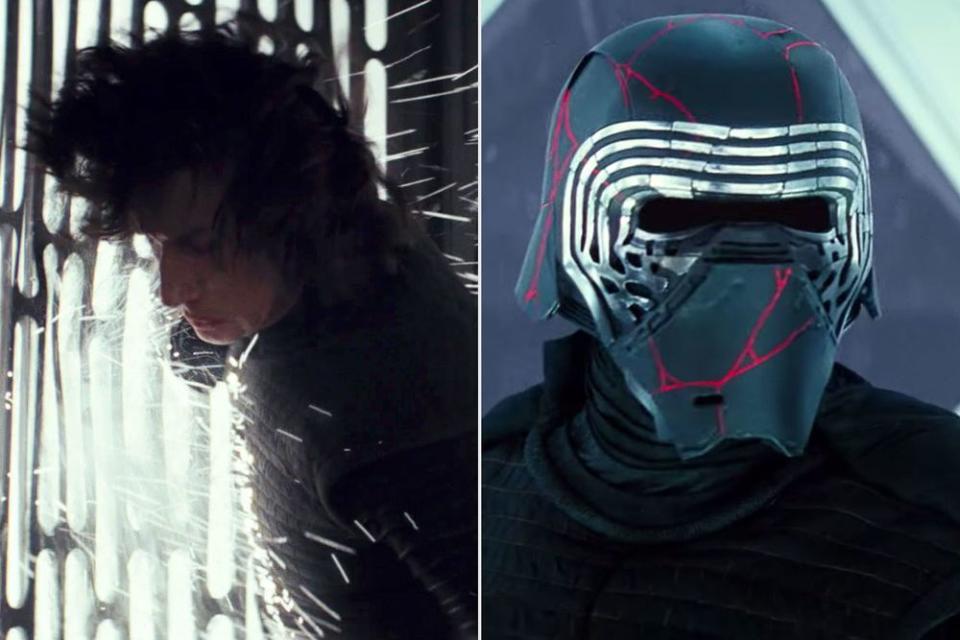
Kylo’s helmet: Kylo Ren (Adam Driver) wore his helmet during most scenes in TFA. Early in TLJ, Supreme Leader Snoke (Andy Serkis) derided Kylo as “a child in a mask.” Kylo smashed the helmet, ditching it for the rest of the movie. At the start of TROS, Kylo literally has the same mask welded back together, complete with rather cool red cracks, to don it once again.
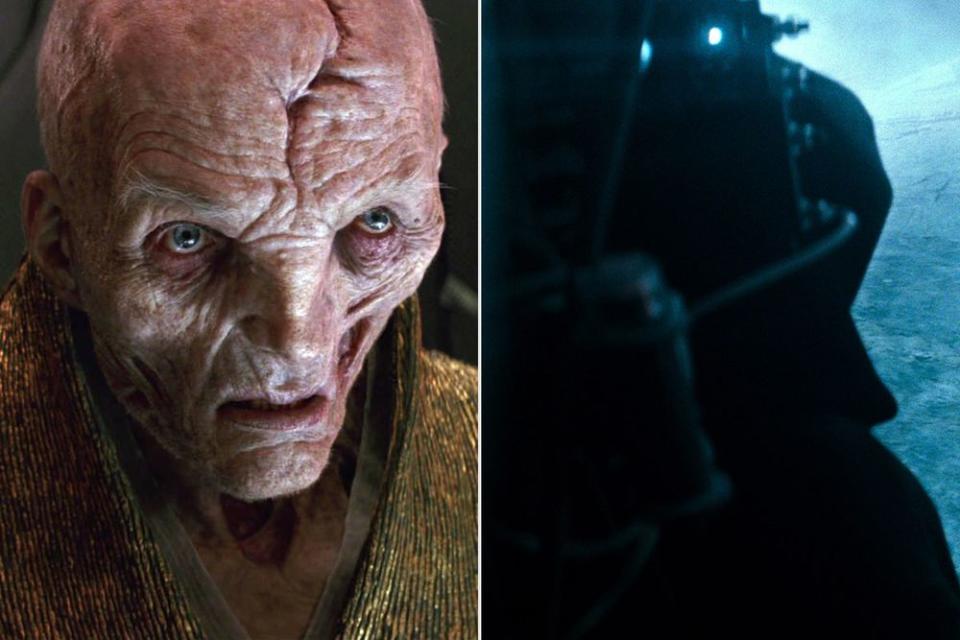
A spectral Dark Lord of the Sith as the trilogy’s big bad: TFA introduced Snoke as the trilogy’s mysterious top villain, inspiring plenty of fan speculation about his backstory. TLJ had Kylo kill off the character without further explanation and adopt the mantle of Supreme Leader himself, positioning Kylo as the top villain in the final film. So TROS resurrected the greatest Sith Lord of them all, Emperor Palpatine (Ian McDiarmid), to serve as a new threat to Kylo’s power, and his sometimes-master. Plus, Palpatine claims he made Snoke, and there are glimpses of cloning chambers in his temple with bodies that look like Snoke. So TROS both explains Snoke’s backstory that TLJ didn’t and has Palpatine effectively taking the place of Snoke in terms of having a mutual spectral Sith Lord enemy for Rey and Kylo to band together against in the film’s final act.
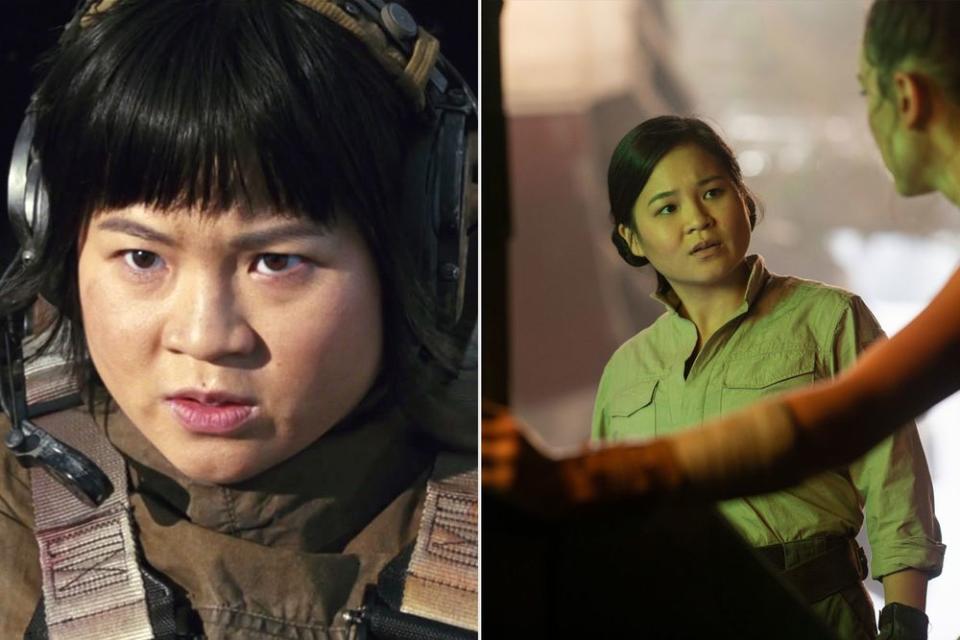
Rose Tico’s importance: Perhaps the most controversial move in the new film. TLJ introduced Rose Tico (Kelly Marie Tran), an idealistic young Resistance engineer who teams with Finn (John Boyega) and, after a battlefield injury, kisses him. The film set Rose up as a Resistance player and potential romantic interest for Finn. In TROS, Finn gives Rose a pat on the shoulder (ouch) and then she “volunteers” to stay behind at the Resistance base to study Star Destroyers while everybody else goes off for the film’s big adventure. So Abrams chose to focus on the core cast he introduced in TFA, along with a couple helpful newcomers (Naomi Ackie’s Jannah and Keri Russell’s Zorii Bliss) and a handful of legacy characters (like Palpatine, Billy Dee WIlliams’ Lando, and Mark Hamill‘s Force ghost Luke). But Rose being sidelined has struck many as the unfortunate benching of the first Asian female main character in the franchise, and one whose performance came under fire by racist and sexist trolls. (By the way, that scene shown in the photo above with Rose and Rey did not make the final cut of the movie).
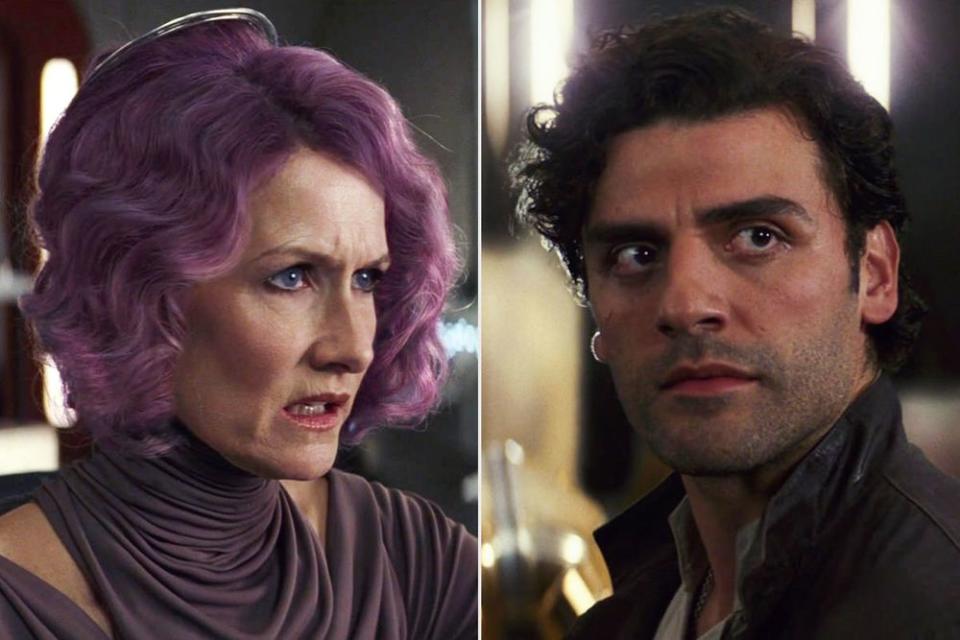
The Holdo Maneuver: Vice Admiral Holdo (Laura Dern) sacrificed herself in TLJ when she jumped her ship into hyperdrive straight through Snoke’s flagship. The moment was a stunning soundless visual in the film that many viewers loved. But it also introduced a rather problematic idea: if the Holdo Maneuver is possible, then why wasn’t it done before, like against the Death Star? You wouldn’t even need a manned ship, just a hyperdrive engine and a bunch of surrounding metal. So when things get dire in TROS, the idea is floated to try the Holdo Maneuver. Poe (Oscar Isaac) quickly dismisses the TLJ event as “a one-in-a-million shot.” (Not to mention, turning the Resistance into suicide bombers perhaps isn’t the best idea.)
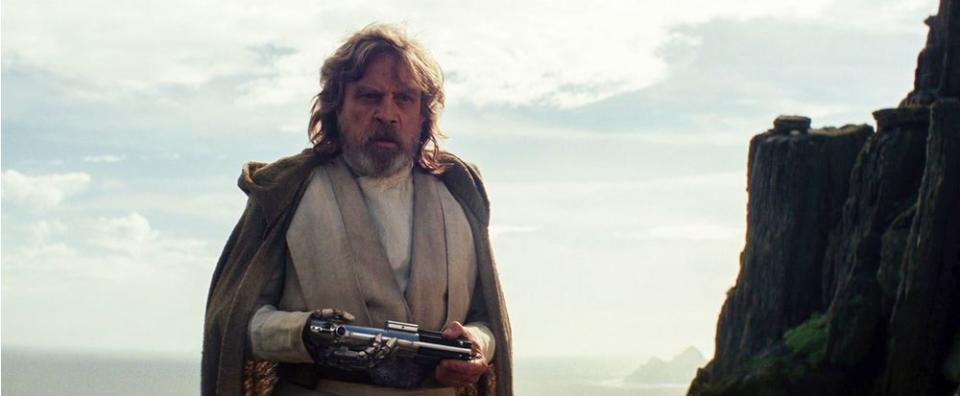
Luke Skywalker’s portrayal: This one is debatable, as there are a couple of ways to read Luke’s Force ghost attitude in TROS. Luke appears on Ahch-To when Rey (Daisy Ridley) tries to throw her lightsaber into a fire. He grabs it and says, “a Jedi’s weapon deserves more respect” — which seems like a direct callback to, some might say subtweet of, Luke throwing away his lightsaber in TLJ. He also declares that he was “wrong” to have hidden away on Ahch-To for so many years (and physically throughout TLJ as well — it’s very hard to imagine Abrams leaving Luke on an island the whole movie). But his words could also be read as character development, that Luke evolved due to the events in TLJ, not that the new film is commenting on them.
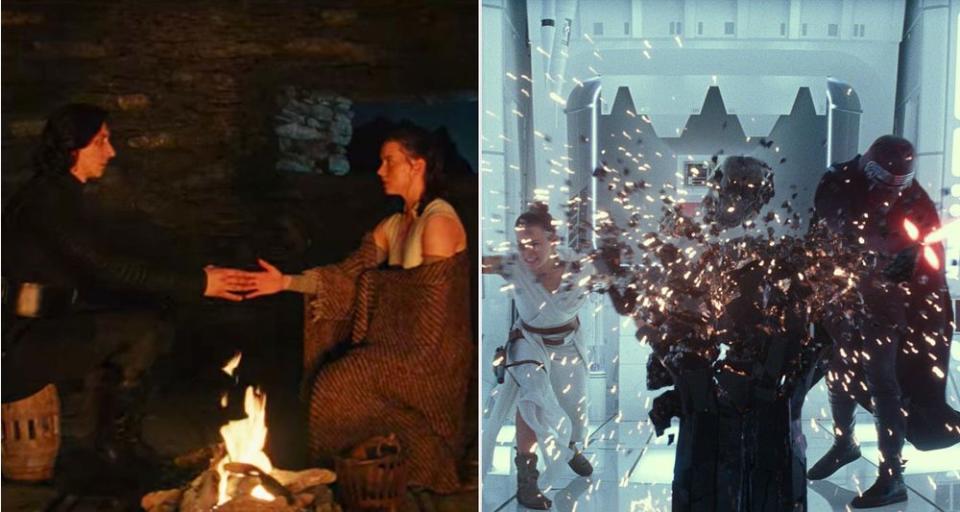
“Force Skype” usage: This appears to be a revision, but isn’t really. In TLJ, Rey and Kylo could see and hear each other through time and space, but Rey’s blaster fire doesn’t penetrate, and Han Solo’s dice vanish after Luke dies — suggesting actual teleportation isn’t possible and that their images are only a projection. But remember that Leia (Carrie Fisher) could feel the dice, and Kylo’s hand was wet after communicating with Rey in the rain, which suggest that physically impacting the other end of the tunnel is possible. TROS evolves this power considerably by Rey and Kylo having a full-on lightsaber clash while Force Skyping, but the seeds for such a ramp-up were at least planted in TLJ.

Rey’s parentage: The big one. TFA introduced the mystery of Rey’s parentage. In TLJ, Rey and Kylo seemed to both know and accept that Rey’s parents were “nobodies” and “filthy junk traders” who sold Rey for drinking money. The move was hugely divisive: It refreshingly introduced the idea that Rey was a self-made Jedi in training and didn’t need to be descended from Star Wars royalty to be the film’s hero. But some felt the reveal was a bummer and letdown considering how much Rey’s identity had been teased in one-and-a-half movies up until that point, only to find out her background wasn’t actually important. TROS completely dismantles the previous film’s revelation, suggesting Kylo and Rey both knew there was more to the story (and just weren’t telling us), and that Rey is actually Palpatine’s granddaughter, which seems like a pretty huge detail to leave out. The switch helps explain Rey’s massive Force powers in the first two films and is a dramatic twist for TROS, but also adds an incongruent feeling to a key part of the trilogy’s storyline.
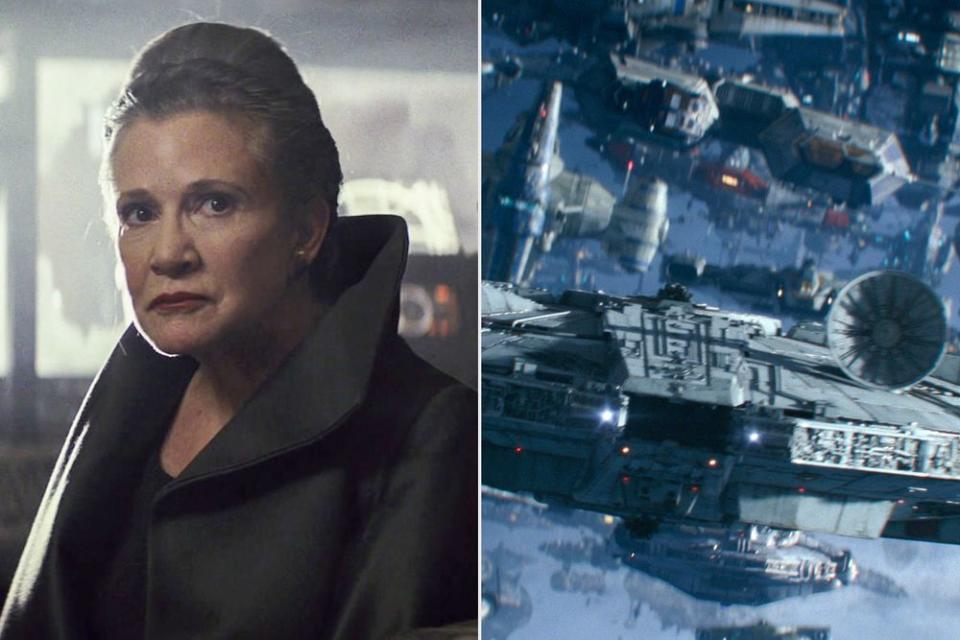
The call for help: This is another one that’s debatable whether it’s a do-over or an evolution. In TLJ, the Resistance puts out a desperate call for help while on Crait, and nobody shows up. It’s not clear why — does the galaxy simply not care? Are they afraid? Was it too short notice? The hope is the film’s final Crait battle and Luke’s bravery will be the “spark” that helps ignite the Resistance. Except it didn’t! Because at least a year passes before TROS opens. The Resistance is still struggling. In the film’s climax, they put out another call for help, against far more impossible odds than on Crait. This time, hundreds of ships show up, enforcing the optimistic message that people do care and, as Poe says, “Good people will fight if we lead them.”

Broom Boy: The end of TLJ is pretty unique for a Star Wars film as it focuses on a stranger — a boy who uses the Force to pick up a broom. The idea is the Force is awakening in others. This also doubles down on the idea behind Rey’s parentage: that nobodies can be gifted too. But at the start of TROS, there are no new Jedi recruits or even reports of such, with the film seemingly abandoning that idea. The one spark of a new Force awakening is near the end of TROS, with Finn saying “a feeling” told him which Star Destroyer to attack. But as for Broom Boy … guess the kid went back to sweeping!
Related content:

